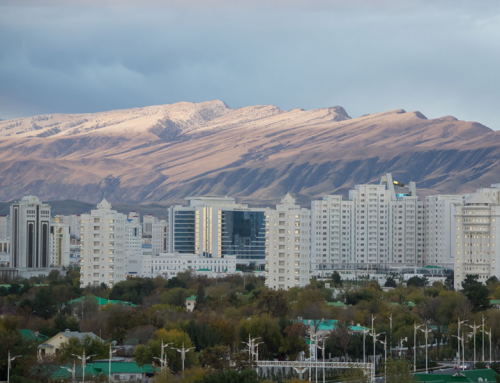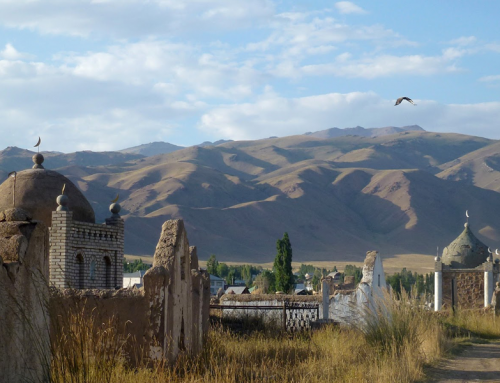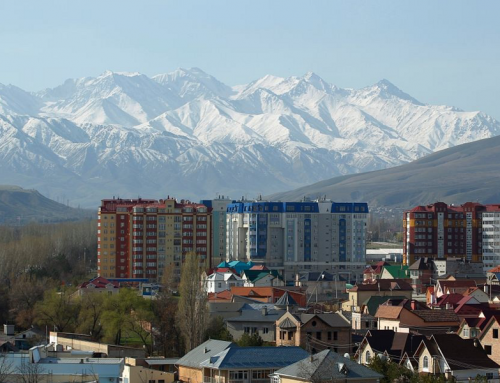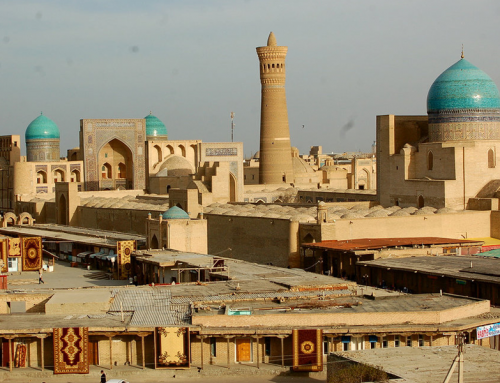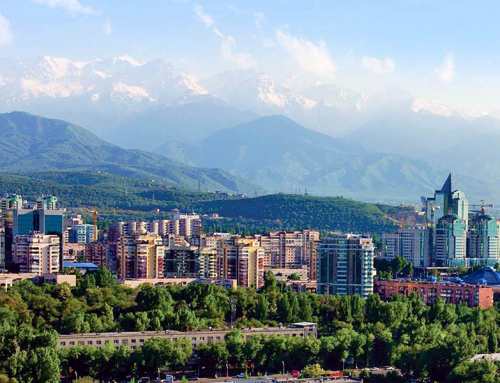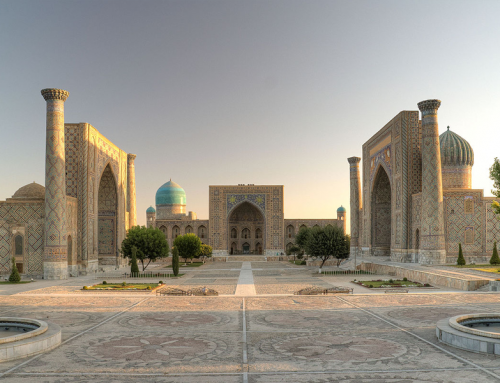When the Arabs, who brought Islam with them, arrived in the area in 709 they found a prosperous trading center and so many revolts that they soon left. In the 9th and 10 centuries it was the capital of the Samanids and Bukhara (Bukhoro-i-sharif – Noble Bukhara) became the religious and Persian influenced art and cultural center of Central Asia. It was said that instead of the heavens lighting Bukhara, the light radiated upward lighting the heavens. In 1220, as with other towns in Central Asia, Genghis Khan and his marauders sacked the town leaving only the Kalon minaret standing. However, in the 16th century is became the capital of what became known as the Bukhara khanate under the Uzbek Shaybanid dynasty. It was during this time (the 16th century) that the old part of the city took on its present appearance. The town center featured a huge marketplace in front of the Ark (fortress) where dozens of specialized bazaars and caravansarays (hotels) and more than 10,000 students in over one hundred madrassahs plus an equal number of mosques, flourished. Under the Ashtarkhanid dynasty, the Silk Road slowly declined and, with it, Bukhara. Another turn of fortunes came when the local representative of a Persian ruler made himself Emir in 1753 founding a dynasty that ruled, sometimes brutally and tyrannically, until the Bolsheviks took over.
Today, most of the center of the city remains as it was two centuries ago and it is trying valiantly, if sometimes unsuccessfully, to keep the 21st century at bay. The area is dotted with restored former madrassahs and caravansarays, the massive, partially restored Ark fortress and the remains of a vast market as well as mosques. In nooks and crannies throughout, master craftsmen work to revive or perpetuate the ancient traditional crafts while others hawk crafts from the countryside which make their way to all corners of the world.

